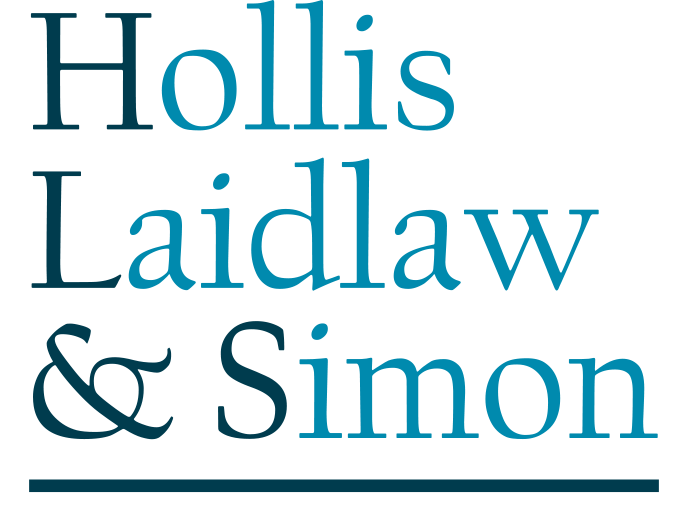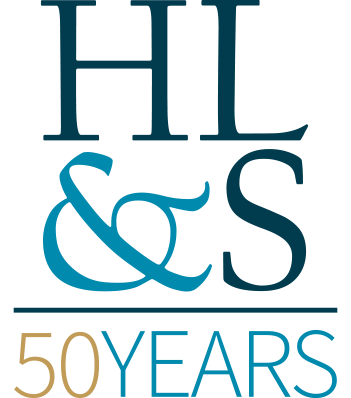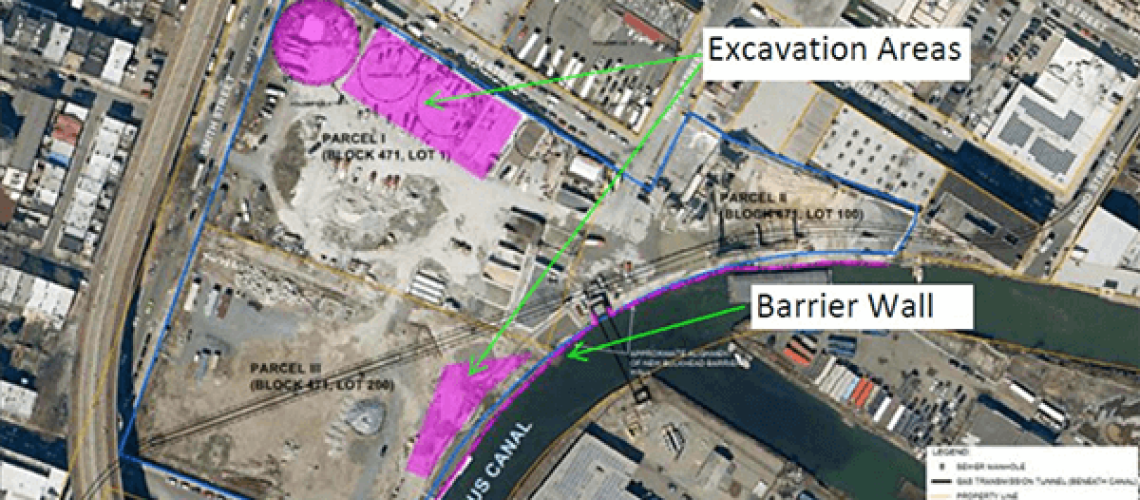To view footnote, click on footnote number.
Projects or activities that require approvals or permits from a New York State agency or local government are subject to an environmental impact assessment under the State Environmental Quality Review Act (SEQRA).
SEQRA is not intended to be a barrier to the approval of a proposed action but is meant to ensure that state and local government agencies consider the environmental impacts of proposed actions. Mut. Aid Ass’n of Paid Fire Dep’t of City of Yonkers, New York, Inc. v. City of Yonkers, 199 A.D.3d 815, 156 N.Y.S.3d 424, 426 (2d Dep’t 2021). This includes actions the agencies themselves are undertaking or funding and actions by private citizens or corporations subject to agency approval. Ranco Sand & Stone Corp. v. Vecchio, 124 A.D.3d 73, 81, 998 N.Y.S.2d 68, 75 (2d Dep’t 2014), aff’d, 27 N.Y.3d 92, 49 N.E.3d 1165 (2016).
However, SEQRA may slow or even halt a project entirely if the sponsor or applicant fails to comply with SEQRA’s strict requirements or fails to navigate its complex review process successfully.
Level of Review Required
First, the applicant or sponsor must determine the required review level. Proposed projects will fall into one of three categories: Type I Actions, Type II Actions, and Unlisted Actions. Type II actions are those determined not to significantly impact the environment or are otherwise precluded from environmental review under SEQRA. 6 NYCCR § 617.5(a). Comparatively, Type I actions carry a presumption that they are likely to have a significant adverse impact on the environment and are, therefore subject to further review under SEQRA. 6 NYCCR § 617.4(a)(1). The State has published lists of specific actions and thresholds for determining whether a specific project qualifies as a Type I or Type II action. Other agencies also have the power to designate additional actions as Type I or Type II Actions and to expand the thresholds for Type I Actions. 6 NYCCR § 617.4(a)(2) and 6 NYCCR § 617.5(b). The Unlisted Actions category refers to all projects not identified as Type I or Type II Action. 6 NYCCR § 617.2(al). Unlisted actions, like Type I actions, are subject to further review to determine their potential for significant adverse impacts on the environment. 6 NYCCR § 617.4(c).
Environmental Assessment Form
If the project is either a Type I Action or an Unlisted Action, the project sponsor or applicant must complete an Environmental Assessment Form (EAF). The EAF is a form used by agencies to determine the environmental significance of the proposed action.
Specifically, those proposing Type I Actions must complete Part I of the Full EAF while those proposing Unlisted Actions need only complete a short form EAF. 6 NYCRR § 617.6(a)(2). The EAF must then be turned over to the agency whose initial review sparked the SEQRA process. That agency is responsible for completing Parts 2 and 3 of the EAF or determining whether a full EAF is required in the case of an Unlisted Action. 6 NYCRR § 617.6(a)(3).
Establishing a Lead Agency
When a single agency is involved in undertaking, funding, or approving a Type I or Unlisted action, that agency will be the lead agency. 6 NYCRR § 617.6(b). The lead agency is principally responsible for undertaking, funding, or approving the proposed project and is therefore responsible for determining the level of review required. 6 NYCRR § 617.2(v).
However, where multiple agencies will be involved in the application process for a Type I Action, the agency that received the initial application must coordinate its review with those other involved agencies and circulate the completed Part 1 of the EAF and any additional information provided to the other involved agencies and notify them that the lead agency must be established, after which one agency will notify the others of its intent to lead. 6 NYCRR § 617.6(b).
Where the proposed project is Unlisted, the initial agency may act as the lead agency and act alone or coordinate its review with the other agencies by choice. However, if the initial agency determines that the proposed project may have a significant adverse impact on the environment, it must coordinate its review with other agencies involved in the review and approval process. 6 NYCRR § 617.6(b)(4).
If more than one agency declares an intent to be the lead agency, or the involved agencies cannot agree as to which should be the lead agency, any one of the involved agencies or the applicant may request the Commissioner of the NYS Department of Environmental Conservation to designate a lead agency. 6 NYCRR § 617.6(b)(5)(i).
Once the lead agency is established, it will determine the significance of the action and prepare a written determination accordingly. 6 NYCRR § 617.6(b)(3)(ii).
Determination of Significance
In determining the significance of the proposed action, the lead agency will consider the EAF, analyze the identified relevant areas of environmental concern, and provide a written form with a reasoned elaboration for its determination, providing references to any supporting documentation. 6 NYCRR § 617.7(b).
The lead agency will issue either a positive determination of significance, a “Positive Declaration” (colloquially a “Pos Dec”) finding the proposed project may have a significant adverse impact on the environment, requiring a further review of the proposed project, or a negative determination, a “Negative Declaration” (colloquially a “Neg Dec”) finding that the proposed project will not result in any significant adverse environmental impacts. 6 NYCRR § 617.2(z) and (ad). In the case of Unlisted Actions, the lead agency may also issue a conditioned negative declaration after it has, among other things, completed a full EAF; completed a coordinated review of the proposal with other agencies; imposed certain conditions to mitigate significant environmental impacts; provided sufficient notice and time for public comment; and complied with the requirements for determining significance. See 6 NYCRR § 617.7(d).
In determining whether to issue a Positive, Negative, or Conditioned Negative Declaration, the lead agency must consider, among other criteria:
- substantial adverse changes in existing air quality, ground or surface water quality or quantity, traffic or noise levels; a substantial increase in solid waste production; a substantial increase in potential for erosion, flooding, leaching or drainage problems;
- the removal or destruction of large quantities of vegetation, fauna, or habitat;
- the impairment of the environmental characteristics of a Critical Environmental Area;1Critical Environmental Areas are areas in the state that have been designated by a local or state agency to recognize a specific geographical area that is a benefit or threat to human health; is located in an exceptional or unique natural setting; has an exceptional or unique social, historic, archaeological, recreational, or educational value; or has an inherent ecological, geological, or hydrological sensitivity to change that may be adversely affected by any physical disturbance. See 6 NYCRR §617.14(g).
- potential material conflicts with a community’s official plans or goals;
- impacts on important historical, archeological, architectural, or aesthetic resources or of to existing community or neighborhood character;
- the quantity or type of energy used;
- hazards to human health;
- substantial change in the use, or intensity of use, of land;
- the number of people attracted to a place or places for more than a few days;
- creation of a material demand for other actions that would result in one of the above consequences;
- the cumulative effects of the proposed action or of any related actions.
See 6 NYCRR § 617.7(c)(1)(i)-(xii). The lead agency must consider both the short-term and the reasonably related long-term direct, indirect, and cumulative impacts of the proposed action as well as other simultaneous or subsequent actions included in the long-range action or likely undertaken as a result of or dependent thereon. See 6 NYCRR § 617.7(c)(2). Finally, the significance of the potential impacts is assessed in connection with the setting, the probability of occurrence, the duration, the irreversibility, the geographic scope, the magnitude, and the number of people affected. See 6 NYCRR § 617.7(c)(3).
Scoping Process
If the lead agency issues a Positive Declaration, the lead agency, project sponsor, and applicant will need to complete an Environmental Impact Statement (explained further below). However, before beginning work on the Environmental Impact Statement, the lead agency and project sponsor or applicant must complete the scoping process. This scoping process identifies the potentially significant adverse impacts that the environmental impact statement should focus on rather than those impacts that are irrelevant or insignificant. See 6 NYCRR § 617.8(a). The “scope” refers to the actual document that identifies the potential impacts. Scoping also identifies a range of reasonable alternatives to be discussed and provides the public an opportunity to participate in identifying impacts.
Scoping may be initiated by either the lead agency or at the applicant’s request. The project sponsor will provide the draft scope, which the lead agency must then circulate to the involved agencies and any other individual or agency that has expressed an interest in writing. 6 NYCRR § 617.8(b). The lead agency must allow time for involved agencies to submit written comments and for the public to review and provide input. 6 NYCRR § 617.8(c) and (d). Public participation may take the form of public meetings and/or time for the public to submit written comments.
The lead agency may then provide the final written scope of the issues to be addressed in the Draft Environmental Impact Statement to the applicant and other involved agencies, or the applicant may prepare and submit a Draft Environmental Impact Statement (DEIS) consistent with the draft scope submitted previously. Both the draft and the final scoping document should include a brief description of the proposed action, the potentially significant adverse impacts identified in the EAF and as a result of consultation with the other involved agencies and the public; the extent and quality of information needed for the preparer to adequately address each impact, including identifying the relevant existing information and the required new information and methods of obtaining it; an initial identification of mitigation measures; and reasonable alternatives to be considered. See 6 NYCRR § 617.8(e)(1)-(5).
Though additional relevant issues may be raised after the issuance of a final written scope, the agency or person raising a new issue must provide the reason why the information was not identified during scoping and why it should be included at that stage of the review. 6 NYCRR § 617.8(f)(3).
If the lead agency fails to provide a final written scope within 60 days of receiving the draft scope, then the project sponsor may prepare and submit a draft Environmental Impact Statement consistent with the submitted draft scope. 6 NYCRR § 617.8(h). With the consent of the applicant or sponsor, the 60-day deadline for the lead agency to provide a final written scope may be extended.
Environmental Impact Statement
An Environmental Impact Statement (EIS) is a document that provides a means for agencies, project sponsors and applicants, and the public to systematically consider significant adverse environmental impacts, alternatives, and mitigation, facilitating the weighing of social, economic, and environmental factors. 6 NYCRR § 617.2(n).
Draft EIS
The Draft EIS (DEIS) is the initial statement prepared by either the project sponsor or lead agency and circulated for review and comment. 6 NYCRR § 617.2(n).
The project sponsor has the right to prepare the draft EIS or it can leave preparation to the lead agency, which may also have the EIS prepared by a consultant or terminate its review of the action. 6 NYCRR § 617.9(a)(1). If the agency chooses to prepare the DEIS or to hire a consultant, it may charge the applicant a fee to cover the direct costs of the preparation. Id.
As with the scoping document, the DEIS should include a concise description of the proposed action; a concise description of the environmental setting of the areas sufficient to understand the impacts of the proposed action and alternatives; a statement and evaluation of the potential significant adverse environmental impacts and severity of the impacts and likelihood of their occurrence; a description of the mitigation measures; a description and evaluation of the range of reasonable alternatives to the action that are feasible, considering the objectives and capabilities of the project sponsor, including a no-action alternative and the adverse or beneficial changes likely to occur in the absence of the proposed action; consistency with local program policies or regulations; and a list of any underlying studies, reports, EISs or other information obtained and considered in preparing the statement including the final written scope. 6 NYCRR § 617.9(b)(5)(i)-(viii).
Finally, if information about reasonably foreseeable catastrophic impacts to the environment is unavailable due to the cost, or the means to obtain it are unknown, or its validity is uncertain, but such information is essential, the EIS must identify the nature and relevance of unavailable or uncertain information; provide a summary of existing credible scientific evidence, if available; and assess the likelihood of occurrence, even if the probability of occurrence is low, and the consequences of potential impact, using theoretical approaches or research methods generally accepted in the scientific community. 6 NYCRR § 617.9(a)(6)(i)-(iii).
Final EIS
The DEIS is adequate if it meets the requirements of the final written scope and the NYS Department of Environment Conservation’s rules and regulations and, further, provides both the public and involved agencies with the necessary information to evaluate project impacts, alternatives, and mitigation measures. 6 NYCRR § 617.9(a)(2). If the lead agency rejects the draft EIS, it must identify the deficiencies in writing and, upon re-submittal, base its review solely upon the written list of deficiencies. 6 NYCRR § 617.9(a)(2).
Once the lead agency has accepted the DEIS, it must publish a Notice of Completion and allow for a minimum of 30 days for public comment on the draft EIS. 6 NYCRR § 617.9(a)(3). It is within the lead agency’s discretion to determine whether or not to conduct a public hearing regarding the action; whether substantive or significant adverse environmental impacts have been identified; and the adequacy of the mitigation measures and alternatives proposed. 6 NYCRR § 617.9(a)(4).
The lead agency must then prepare, or cause to be prepared, the final EIS (FEIS). 6 NYCRR § 617.9(a)(5). The final EIS must be filed within 45 calendar days of the hearing or within 60 calendar days after the filing of the draft EIS. 6 NYCRR § 617.9(a)(5). A final EIS is not required if the proposed action has been withdrawn. A final EIS is also not required if the lead agency finds that, based on the DEIS, the action will not have a significant impact on the environment. In that case, the lead agency must then prepare, file, and publish a negative declaration. 6 NYCRR § 617.9(a)(5)(i).
The lead agency may also require a supplemental EIS (SEIS), limited to specific significant environmental impacts not addressed or inadequately addressed in the EIS arising from changes to the proposed project, newly discovered information, or changes in circumstances related to the project. 6 NYCRR § 617.9(a)(7)(i).
Before the lead agency issues its final determination, each involved agency and the public shall have time to consider the final EIS. 6 NYCRR § 617.11(a). The lead agency shall then issue either a positive or negative written SEQR findings statement. A positive findings statement certifies that the SEQR requirements have been met and that the project or action is approvable after consideration of the FEIS. A negative findings statement documents the reasons for denial.
As can readily be discerned from all of the above, the SEQRA review process can be challenging, and getting a project through this process swiftly and to a successful outcome often requires considerable expertise.
The Land Use team at Laidlaw & Simon P.C. regularly represents applicants seeking site plan approval, special permits, and/or variances for proposed projects and activities. Together with the applicant’s team of architects, engineers and consultants, the firm plays an integral role in identifying and addressing potential adverse environmental impacts and serves as the applicant’s advocate before the lead agency. If you have a proposed project or activity that requires an approval or permit, and you want to know what to expect during the SEQRA review process, please contact the Land Use team for a consultation.













